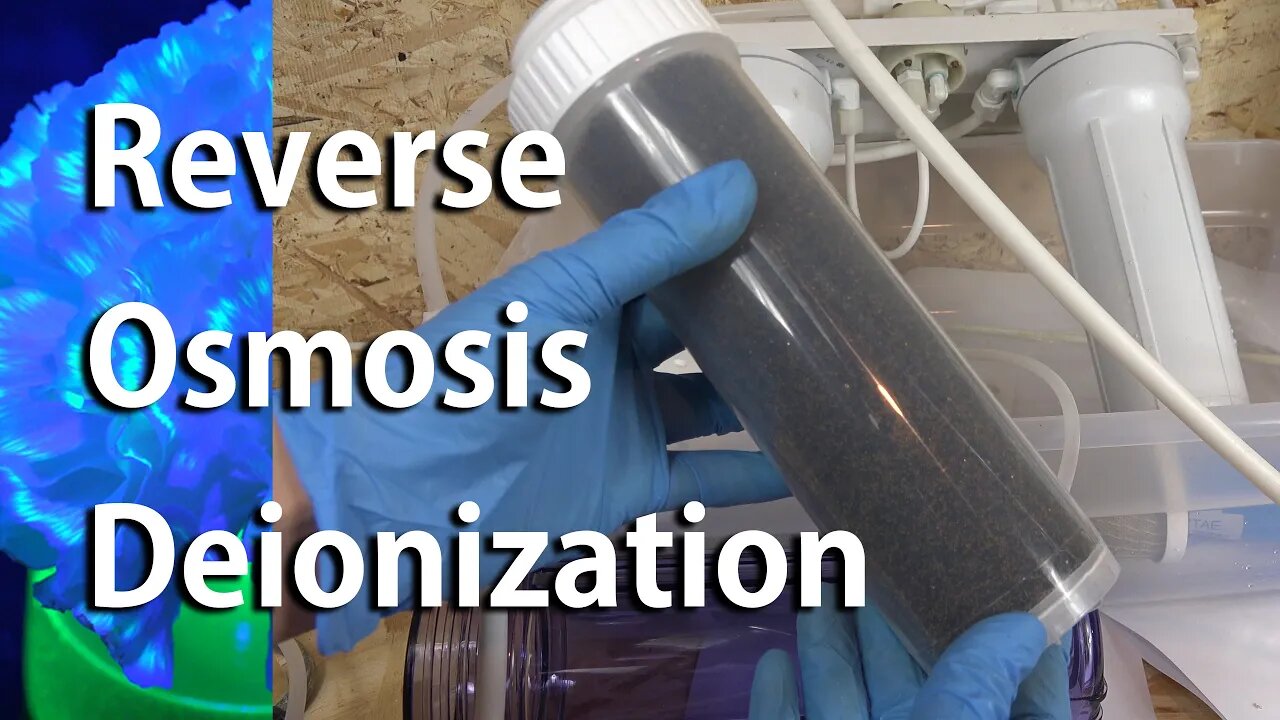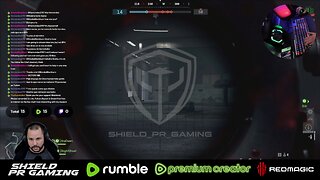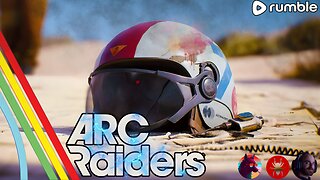Premium Only Content

Amateur Lab Equipment: Reverse Osmosis Deionization Systems for Purifying Water
In this video we discuss the components, usage, and science behind a Reverse Osmosis Deionization unit for purifying water.
Most sources of water that an amateur chemist may use (like tap water) contain dissolved salts. These salts usually consist of sodium, calcium, or magnesium carbonates, chlorides and sulfates. Water containing significant quantities of these minerals is often called "hard water". And they can be easily observed by letting a quantity of water evaporate completely. While these minerals are usually very low in concentration and inconsequential for most domestic purposes like drinking, cooking or bathing, they are a contaminant for performing chemistry. This can be particularly detrimental to sensitive experiments like analytical chemistry, crystal growing, or electrochemistry. So removal is preferred.
The historical technique for removing non-volatile mineral contaminants is distillation. For very small quantities distillation is cheap and effective as most amateur chemists already have distillation equipment. But for larger quantities, distillation is very energy intensive and expensive due to electricity costs. It's also extremely slow.
Reverse Osmosis Deionization is now the standard for making purified water as such systems are much easier to purchase in the modern era. A basic system has a carbon prefilter that takes in water and neutralize the chlorine normally added to sterilize. This is done to ensure the chlorine cannot damage the reverse osmosis membrane. The water then proceeds to the membrane that consists of a rolled envelope of polyimide plastic. This membrane passes water, but resists the passage of minerals and salts. The wastewater that contains the leftover minerals is discarded, while the permeate water with most of the minerals removed is sent to a column of deionization resin. This resin is made of a special ionically charged plastic that swaps out mineral ions in the water for hydronium or hydroxide ions. Those ions neutralize to become water and the result is purified water with all the minerals removed. While not strictly necessary, purified water improves the quality and reproducibility of amateur chemistry experiments so a reverse osmosis system is a recommended addition to an established amateur lab.
Donate to NurdRage!
Through Patreon (preferred): https://www.patreon.com/NurdRage
Through Bitcoin: 1NurdRAge7PNR4ULrbrpcYvc9RC4LDp9pS
Glassware generously provided by http://www.alchemylabsupply.com/
Use the discount code "nurdrage" for a 5% discount.
Twitter: https://twitter.com/NurdRage
Reddit: https://www.reddit.com/r/NurdRage/
Instagram: https://www.instagram.com/nurdrageyoutube/
-
 LIVE
LIVE
Shield_PR_Gaming
3 hours ago10/18/25 | WARNING!!! 18+ Battlefield 6 Dev Dogtags?
46 watching -
 LIVE
LIVE
Lofi Girl
2 years agoSynthwave Radio 🌌 - beats to chill/game to
107 watching -
 LIVE
LIVE
SilverFox
14 hours ago🔴LIVE - ARC RAIDERS SERVER SLAM TEST! DAY 2!
61 watching -
 2:03:11
2:03:11
LFA TV
16 hours agoTHE RUMBLE RUNDOWN LIVE @9AM EST
116K13 -
 LIVE
LIVE
MrR4ger
2 hours agoWERE NOT GAY, WE JUST PLAY ARC RAIDERS W/ TONYGAMING AND AKAGUMO
24 watching -
 DVR
DVR
Retro Rewind Pod
12 hours ago📺🌄 SATURCADE ADVENTURES is back! Saturday Morning Cartoon Feels and Gaming Fun
203 -
 43:57
43:57
Daniel Davis Deep Dive
3 hours agoDeep Dive Intel Briefing /Lt Col Daniel Davis
11.3K3 -
 LIVE
LIVE
blackfox87
4 hours ago🟢 SUBATHON DAY 16 | Premium Creator | #DisabledVeteran
117 watching -
 1:10:13
1:10:13
Wendy Bell Radio
7 hours agoPet Talk With The Pet Doc
23.9K16 -
 1:11:37
1:11:37
Mike Rowe
8 days agoDoes China Control The NBA? | Enes Kanter Freedom #453 | The Way I Heard It
48K67